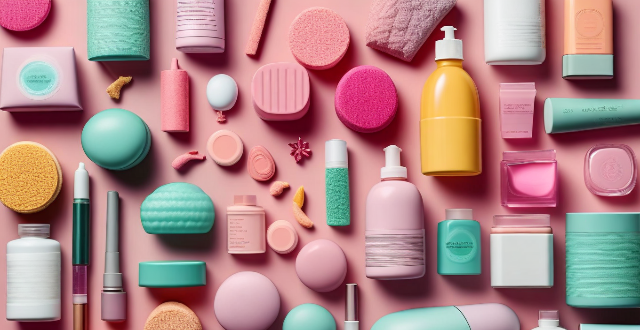This guide offers a comprehensive approach to identifying genuine cosmetics from counterfeit ones, emphasizing the importance of packaging analysis, physical examination, online verification, cautious purchasing, and professional authentication services. It highlights specific indicators such as branding consistency, serial numbers, texture, smell, color, performance, and more, providing a detailed checklist for consumers to ensure they are using safe and effective products. The advice underscores the significance of buying from authorized retailers, comparing prices, and examining manufacturer's information to avoid health risks and disappointment associated with counterfeit cosmetics.

How to Identify Genuine Cosmetics from Counterfeit Ones
When it comes to cosmetics, ensuring that you are using genuine products is crucial for both your health and the effectiveness of the product. Here's a comprehensive guide to help you distinguish between authentic and counterfeit cosmetics:
1. Packaging Analysis
- Branding & Labeling: Check for any spelling errors or inconsistencies in the brand name or product description. Genuine products typically have perfect printing quality.
- Serial Numbers & Batch Codes: Authentic items often have serial numbers or batch codes that can be verified with the manufacturer. If the code is missing or appears photocopied, it may be fake.
- Quality of Packaging: High-end cosmetics usually come in quality packaging. If the box feels flimsy or the print is easily scratched off, it could be a counterfeit.
2. Physical Examination
- Texture & Smell: Genuine cosmetics have a consistent texture and scent. If the product feels or smells off, it might not be the real deal.
- Color Consistency: Check if the color matches the original product as shown on the official website or in-store displays. Variations can indicate a fake.
- Performance: Authentic products perform as advertised. If the results are underwhelming compared to reviews or claims, it could be a counterfeit.
3. Online Verification
- Official Website: Use the manufacturer's website to verify the product details, including images and descriptions.
- Barcode Scanner Apps: Some apps allow you to scan the barcode of the product to see if it matches the database of genuine items.
- Customer Reviews: Read reviews on trusted websites to see if other customers have flagged any counterfeits.
4. Purchasing Channels
- Authorized Retailers: Always buy from authorized retailers or directly from the brand's store to ensure authenticity.
- Price Comparison: If the price seems too good to be true, it likely is. Counterfeiters often use low prices to lure buyers.
- Return Policies: Genuine sellers typically offer clear return policies. Be wary of sellers who do not allow returns.
5. Manufacturer's Information
- Contact Details: Legitimate products will have clear contact information for the manufacturer. If this is missing or seems suspicious, proceed with caution.
- Manufacturing Dates: Freshness and expiration dates should be clearly marked and make sense based on when the product was released.
6. Professional Authentication Services
- Third-Party Experts: If you're unsure, consider reaching out to professional authentication services who can verify the product's authenticity for a fee.
By following these steps, you can significantly reduce the risk of purchasing counterfeit cosmetics and ensure that you are using safe, effective products on your skin. Remember, when in doubt, it's always best to err on the side of caution and buy directly from trusted sources.